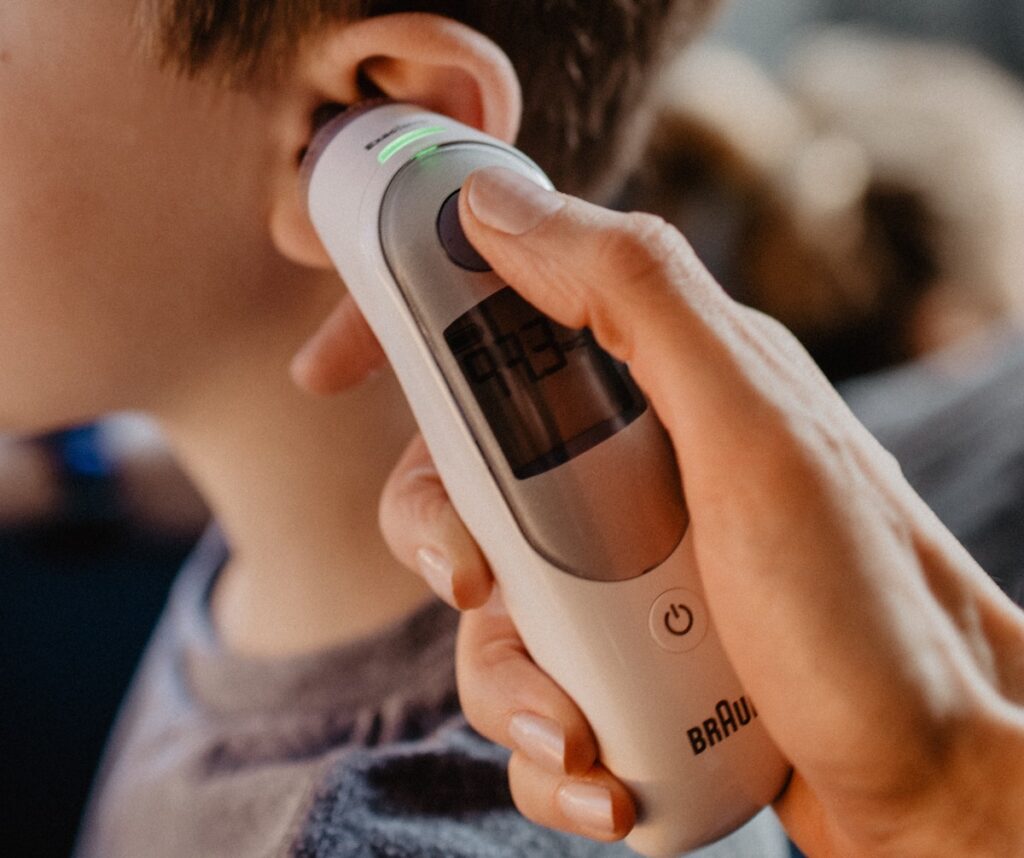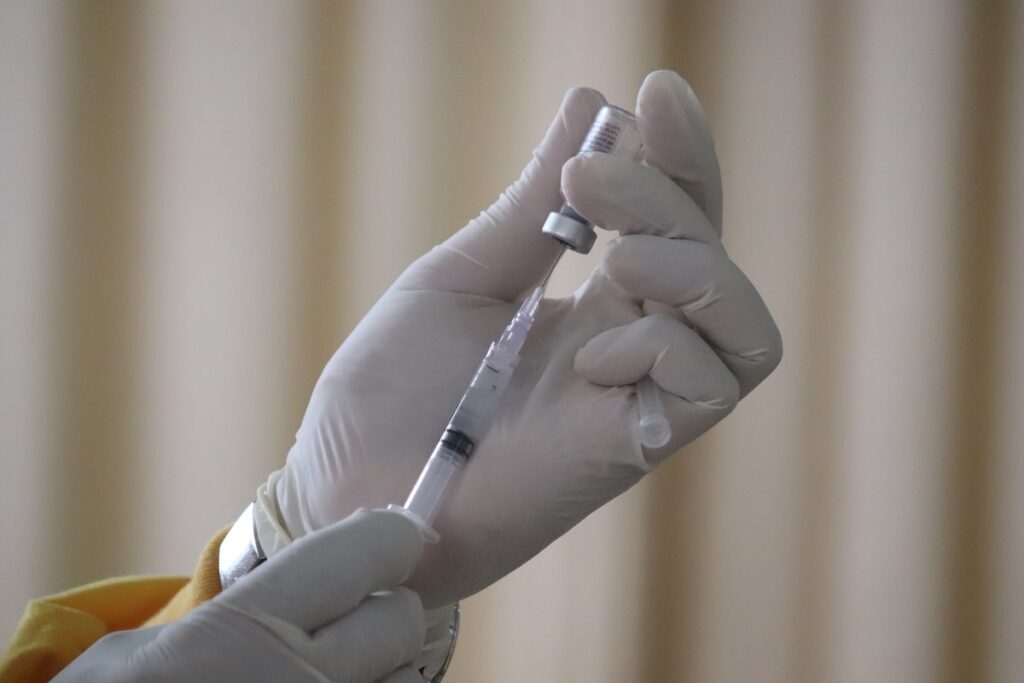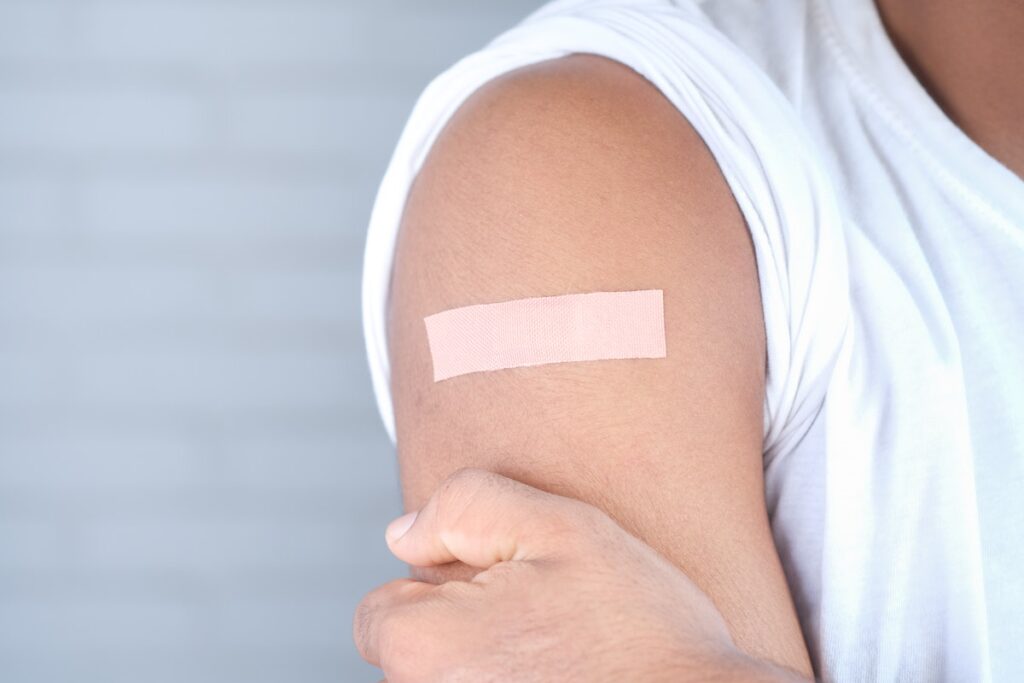Sapling
Age 5-10
We’re here to help you raise happy, healthy children.
At each well visit, we are excited to hear about all the ways your child is growing. At this stage, children are becoming more independent. We want to teach them to be mindful of taking care of their health, their safety, and their community.
What to expect at a visit
We will invite your child to ask us any questions he/she has about his/her body and engage in conversations about sleep, diet, and activities. We’ll assess your child’s developmental and emotional well-being, including discussing school and friendship experiences. We will also review concepts important to body safety. For our older patients, we will provide resources to help parents confidently discuss puberty in an age appropriate but factually accurate way.
A comprehensive well exam includes
- A physical exam
- Recommended immunizations
- Developmental screening
- Psychological/behavioral assessment
- Oral health assessment
- Vision screening if indicated
- Referral for specialized care if necessary
Visit and immunization Schedule
Castle Pines Pediatrics believes that vaccines play a vital role in protecting your child’s health. Patients in our practice agree to follow the CDC and AAP guidelines for childhood immunizations.
No routine vaccines if the child is up-to-date
No routine vaccines if the child is up-to-date
No routine vaccines if the child is up-to-date
No routine vaccines if the child is up-to-date
No routine vaccines if the child is up-to-date
No routine vaccines if the child is up-to-date
Frequently asked questions
Under Colorado law, children must use a five-point harness or booster seat until their 8th birthday. Beyond that, it is a good idea to continue using a booster seat until the vehicle’s seat belt fits the child correctly as evidenced by:
- The shoulder belt crosses at mid-clavicle and chest, not their neck
- The lap belt crosses their thighs, not their abdomen.
Children should remain in the back seat until they are 13 years old and 100 pounds.
The AAP recommends no more than 1 hour of recreational screen time (TVs, computers, tablets, phones) daily for children age 2 and older in order to ensure adequate time for physical activity (at least 1 hour per day) and rest (8-12 hours per day depending on age). Parents should select high-quality programming and co-view material with their children. It’s helpful to designate screen-free zones for the entire family, like the dinner table; and screens should never be allowed where a child sleeps.
It’s important to remember that all children experience periods of distractibility or hyperactivity. Sometimes these behaviors can be a sign of an underlying problem such as poor sleep, learning difficulties, or attention deficit hyperactivity disorder (ADHD). ADHD is characterized by persistent behavior problems across multiple settings (i.e. both at home and at school) that are severe enough to interfere with the child’s ability to function appropriately. Screening for ADHD involves feedback from parents, teachers, and the child (if age appropriate) as well as behavioral and cognitive tests in order to evaluate the child as a whole and ensure that coexisting conditions are not overlooked.
Several factors can influence an individual’s final adult height including genetics, nutrition status, hormone levels, and chronic illness. In a healthy child with no confounding variables, final adult height can best be estimated using a calculator that factors in the heights of the biological mother and father. One such calculator can be found here: InfantChart.com Calculator
Concussion management is an evolving area of medicine, and there is growing data to suggest that concussions can have cumulative effects. In short, no one knows how many concussions a child can sustain before permanent damage to the brain occurs. The decision to return to sports play is multifactorial and should be made with physician guidance. Prevention, where possible, is still the best medicine. Well-fitting helmets in good condition should be worn at all times for riding activities and contact sports.
Finding your way as a parent
Our blog combines our medical expertise with our personal experience as moms to help others on their parenting journey.


